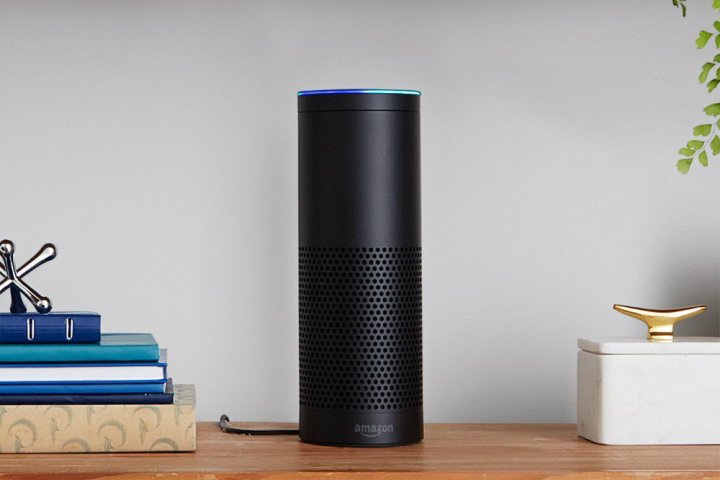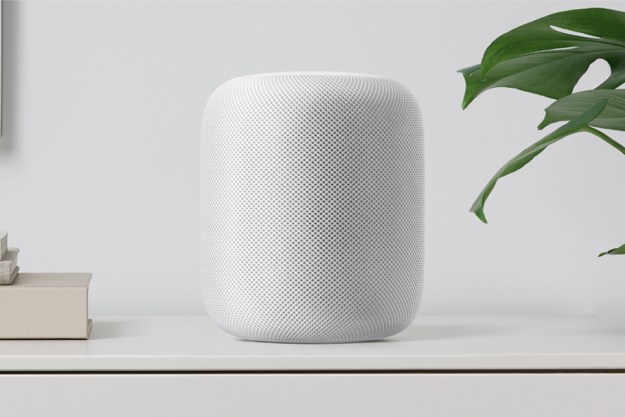
Qualcomm’s new Smart Audio Platform, which runs on the open source Linux operating system and Google’s Android Things IoT (Internet of Things) platform, comprises far-field microphone technology that can detect “wake” phrases like, “OK Google,” at a distance. Beamforming, a type of electronic signal processing that uses multiple microphones to pick up a user’s voice, is in tow, as is echo cancellation, Bluetooth aptX HD audio, and Wi-Fi.
The Smart Audio Platform is packed to the brim with high-end audio tech, too, including robust support for codecs like MP3, OggVorbis (Hi-Res 32-bit/192kHz), lossless FLAC/ALAC, and the latest implementation of Qualcomm’s multi-room AllPlay audio system, which lets you control multiple wireless speakers on the same network. There is also support for voice-activated AI assistants like Amazon’s Alexa and Google Assistant.

Generally speaking, Qualcomm’s Smart Audio platform aims to make it easier for smaller companies to create their own voice-enabled, high-quality speakers. But it has a disadvantage: Platform support. So far, only a handful of speakers from Hitachi, Panasonic, and Monster support the AllPlay standard, which is fewer than the growing number that support Google’s Cast Audio and a mere fraction of speakers with Apple’s AirPlay built in.
But Qualcomm says broader adoption is around the corner. The new chips at the heart of the Smart Audio Platform, the APQ8009 and APQ8017, will begin to ship in the third quarter of this year.
“The Qualcomm Smart Audio Platform combines high-performance processing power, world-class Bluetooth and Wi-Fi, advanced far-field voice capture and wake-word detection, AllPlay multi-room audio-streaming technology, and support for major voice ecosystems in a single solution” Anthony Murray, Qualcomm’s senior vice president and general manager of voice and music, said in a statement. “This platform is ideal for traditional speaker manufacturers wanting to make the move to a connected platform as it is designed to bring together all the necessary hardware, software, and tools needed to reduce development time. It also offers a great degree of flexibility for those manufacturers who want to push the boundaries when it comes to possible future applications for smart speakers.”
Editors' Recommendations
- Apple AirPlay 2 supports 24-bit lossless audio, but you can’t use it
- The Apple HomePod is back, with new smarts, and a lower price
- Amazon Echo vs. Apple HomePod: Which has better speakers?
- HomePod owners can now ask Siri to play music from Deezer
- Google and Qualcomm are making Android updates faster, supporting them longer


